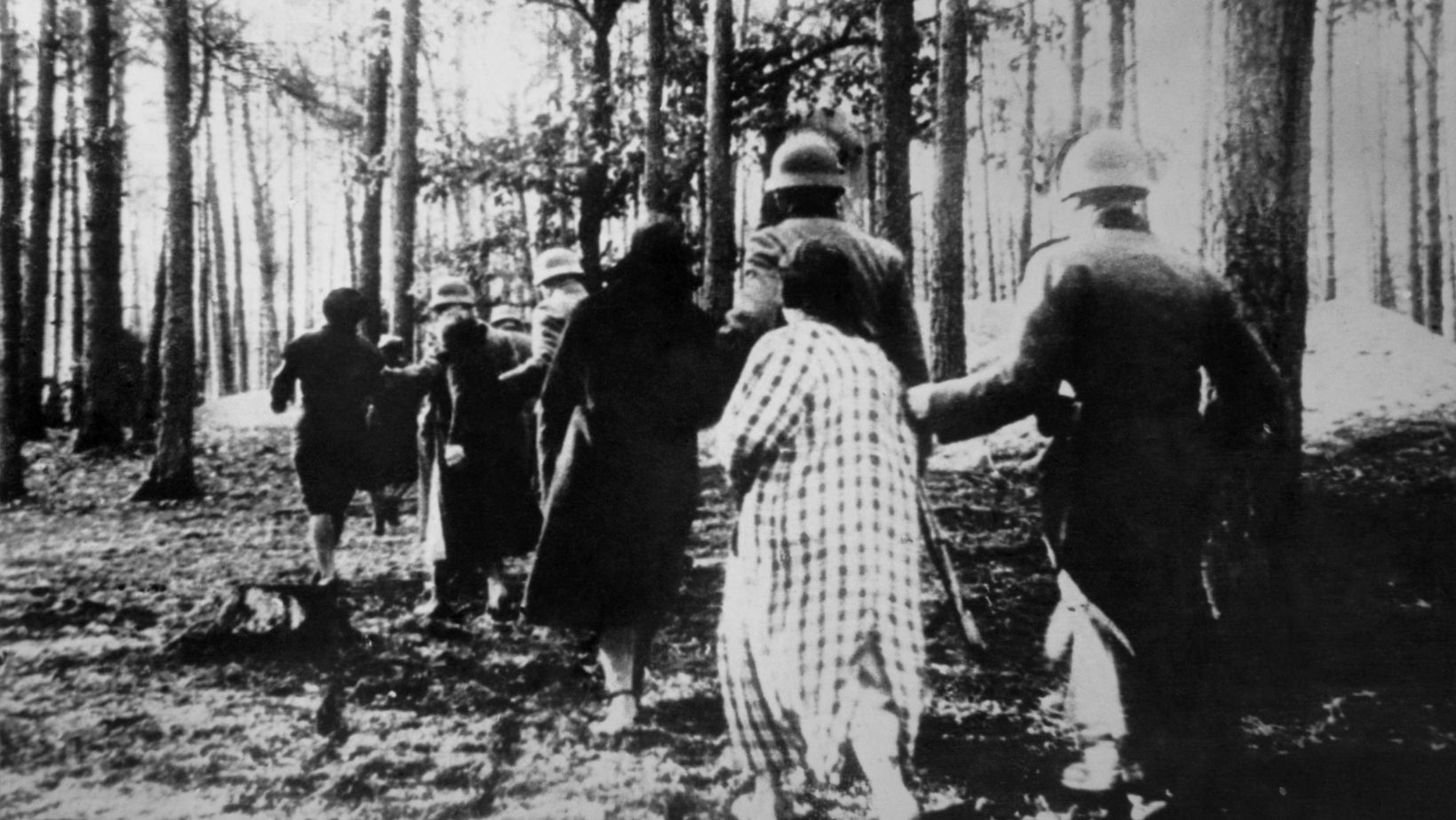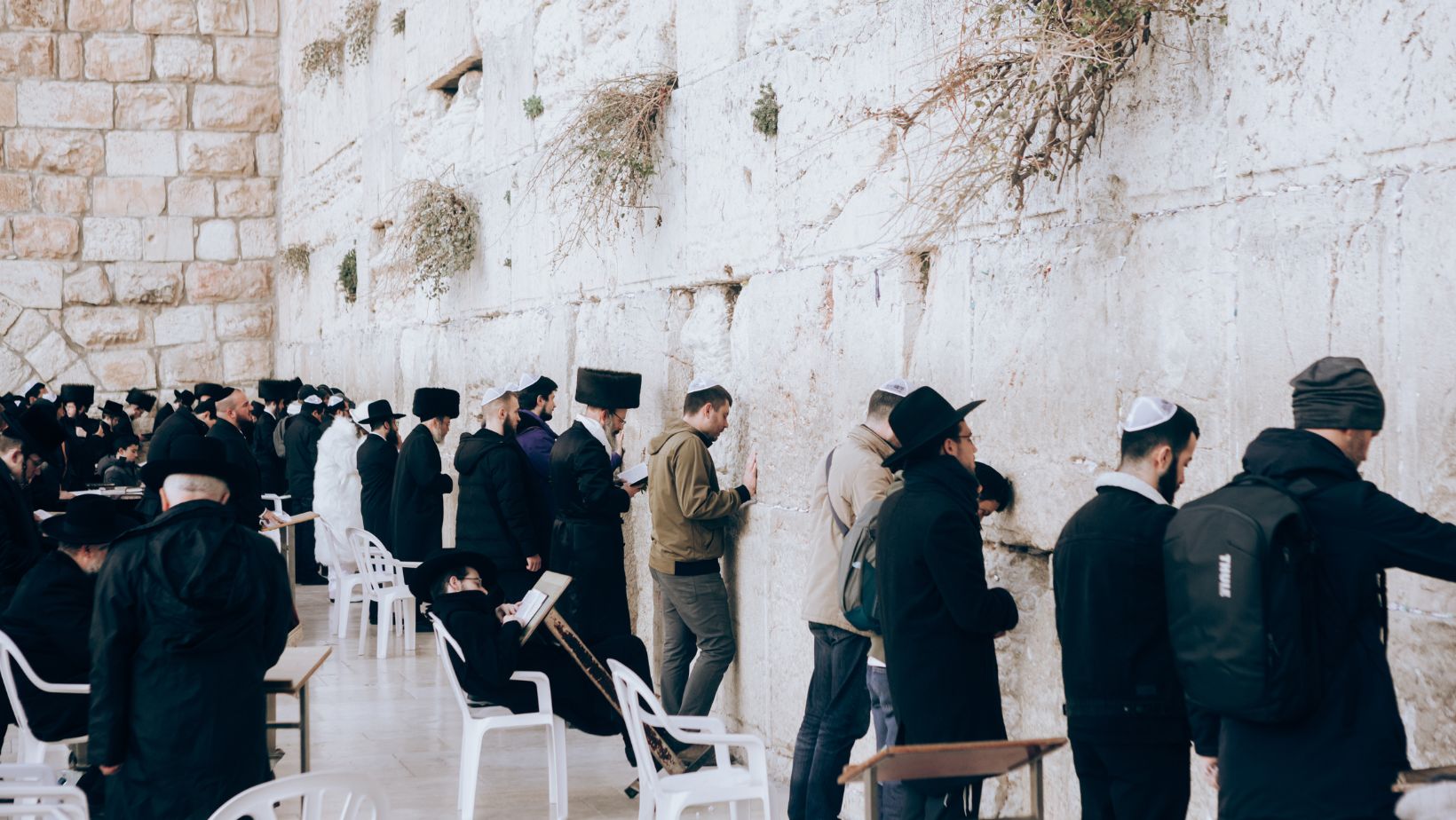
After WWII Began, Jewish People Were Taken Into Custody and Placed Where? Check all That Apply.
After WWII began, Jewish people were taken into custody by the Nazis and subjected to unimaginable horrors. This period, known as the Holocaust, remains one of the darkest chapters in human history. The systematic persecution and extermination of millions of Jews left a profound impact on the world, shaping our understanding of genocide and the importance of human rights. In this article, I will delve into the experiences of Jewish people during the Holocaust and explore the lasting effects it has had on individuals, communities, and the global consciousness.
The Holocaust was a time of immense suffering and loss for the Jewish community. From the ghettos to the concentration camps, Jewish individuals and families were stripped of their rights, their possessions, and ultimately, their lives. The scale and brutality of the Holocaust were unprecedented, with an estimated six million Jews murdered by the Nazis. It is crucial to remember and honor the victims of this genocide, to ensure that such atrocities are never repeated.
Despite the immense tragedy, the Holocaust also serves as a testament to the resilience and strength of the human spirit. Many survivors have shared their stories, providing invaluable insights into the horrors they endured and the importance of remembrance. By examining the experiences of Jewish people during the Holocaust, we can gain a deeper understanding of the power of hope, courage, and unity in the face of unimaginable adversity.
The Beginnings of WWII
After WWII began, Jewish people were taken into custody and placed in various locations. Some of the places where Jewish people were taken into custody include:
- Ghettos: In many occupied cities and towns, Jewish people were forced to live in segregated areas known as ghettos. Ghettos were overcrowded and lacked basic resources, leading to dire living conditions for those trapped inside.
- Concentration camps: The Nazis established concentration camps as part of their systematic plan to exterminate the Jewish population. These camps were designed to imprison and exploit Jewish people, subjecting them to forced labor, torture, and ultimately, mass murder.
- Extermination camps: The most horrific fate awaited Jewish people who were sent to extermination camps. These camps, such as Auschwitz and Treblinka, were specifically created to carry out the systematic genocide of Jews through mass killings in gas chambers.
- Forced labor camps: Jewish people were also sent to forced labor camps, where they were subjected to grueling work under inhumane conditions. Many did not survive due to exhaustion, malnutrition, or the brutality of their captors.
The placement of Jewish people in these locations was a deliberate and calculated effort to isolate, dehumanize, and ultimately eliminate them. The atrocities committed during this time are a dark stain on human history, highlighting the depths of human cruelty and the urgent need to remember and learn from the past.
By examining the various locations where Jewish people were taken into custody during WWII, we can better understand the magnitude of the Holocaust and the immense suffering endured by millions. It is crucial to ensure that these stories are never forgotten, as they serve as a reminder of the consequences of hatred, prejudice, and discrimination.

The Uprising of Anti-Semitism
After WWII began, Jewish people were taken into custody and placed in various locations as part of the Nazis’ systematic persecution. These locations included:
- Ghettos: Jews were forcibly relocated to overcrowded and impoverished areas, often segregated from the rest of society. The conditions in these ghettos were horrendous, with limited access to food, medical care, and basic necessities. This isolation aimed to dehumanize and control the Jewish population.
- Concentration camps: Thousands of Jews were transported to concentration camps, where they were subjected to harsh labor, starvation, and cruel treatment. These camps served as detention centers and were characterized by extreme brutality and suffering.
- Extermination camps: These camps were specifically designed for mass murder. Jews, along with other targeted groups, were systematically gassed, shot, or subjected to other forms of extermination. Auschwitz-Birkenau, Treblinka, and Sobibor are infamous examples of extermination camps.
- Forced labor camps: Jewish individuals were also sent to forced labor camps, where they were exploited for their labor under inhumane conditions. Many did not survive due to exhaustion, malnutrition, and mistreatment.
The Nazis’ actions were fueled by a deep-rooted hatred of Jews, known as anti-Semitism. This ideology led to the systematic persecution and extermination of millions of innocent lives. The uprising of anti-Semitism during this period is a chilling reminder of the dangers of prejudice and discrimination.
It is crucial to remember and learn from the Holocaust to ensure that such atrocities are never repeated. By educating ourselves about the horrors endured by the Jewish community and other victims of the Holocaust, we can strive for a more compassionate and inclusive world.



